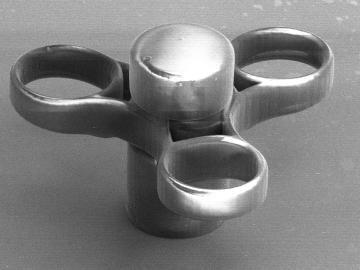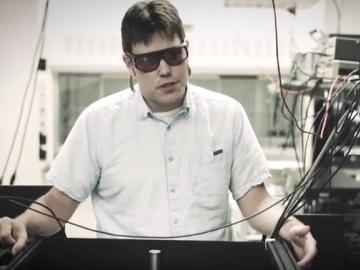Filter News
Area of Research
- (-) Materials (13)
- Advanced Manufacturing (1)
- Biology and Environment (37)
- Biology and Soft Matter (1)
- Clean Energy (31)
- Data (1)
- Fusion and Fission (6)
- Materials for Computing (2)
- National Security (17)
- Neutron Science (10)
- Nuclear Science and Technology (2)
- Supercomputing (30)
- Transportation Systems (1)
Media Contacts

The U.S. Departments of Energy and Defense teamed up to create a series of weld filler materials that could dramatically improve high-strength steel repair in vehicles, bridges and pipelines.

Scientists have measured the highest toughness ever recorded, of any material, while investigating a metallic alloy made of chromium, cobalt and nickel, or CrCoNi.

Larry Allard, a distinguished research staff member at Oak Ridge National Laboratory, has been named a Fellow of the Microanalysis Society.

Researchers at ORNL are tackling a global water challenge with a unique material designed to target not one, but two toxic, heavy metal pollutants for simultaneous removal.

Two decades in the making, a new flagship facility for nuclear physics opened on May 2, and scientists from the Department of Energy’s Oak Ridge National Laboratory have a hand in 10 of its first 34 experiments.

A study led by researchers at ORNL could help make materials design as customizable as point-and-click.

Neuromorphic devices — which emulate the decision-making processes of the human brain — show great promise for solving pressing scientific problems, but building physical systems to realize this potential presents researchers with a significant


Rice University researchers have learned to manipulate two-dimensional materials to design in defects that enhance the materials’ properties. The Rice lab of theoretical physicist Boris Yakobson and colleagues at the Department of Energy’s Oak Ridge National Laboratory are combi...





